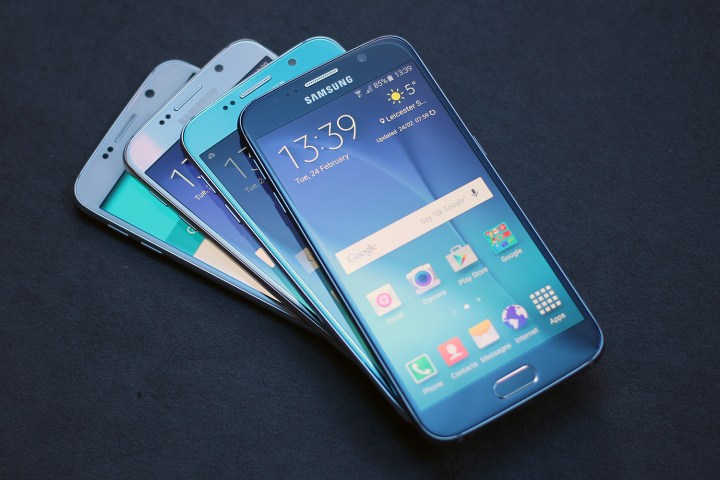
The DCA is demanding more updates to Samsung devices that are on sale in the country. It also wants the South Korean mobile giant to be more transparent on how long a smartphone will be supported, and give a timeframe for when consumers can expect an update.
“On buying a Samsung Android device, consumers are given inadequate information about how long they will continue to receive software updates,” said Bart Combée, director of the DCA. “The [DCA] is demanding that Samsung provide its customers with clear and unambiguous information about this. Samsung moreover provides insufficient information about critical security vulnerabilities, such as Stagefright, in its Android phones. Finally, the [DCA] is demanding that Samsung actually provide its smartphones with updates.”
Samsung is not the only manufacturer failing to provide updates, but the DCA says it’s targeting the company due to Samsung’s 80-percent market share in the country. We suspect any new laws enforced after the lawsuit would be broadly applied to all manufacturers working in the Netherlands. At this point, it’s unclear who will win the battle or if Samsung will change its behavior.
The DCA started an update campaign on July 2015, encouraging Android manufacturers to update devices and keep consumers informed on future updates and security patches. It seems the watchdog is not happy with the progress of the campaign, and is now taking legal action to ensure the largest smartphone vendor in the country takes notice.
It is not the first time a government has intervened to fight for smartphone consumers. Two years ago the South Korean government announced new guidelines for the
Editors' Recommendations
- Android 15 release date: When will my phone get the update?
- Have a Samsung Galaxy S23? Don’t update your phone to One UI 6.1
- When is my phone getting Android 14? Here’s everything we know
- Samsung may have a big surprise in store with its next folding phone
- How to reset default apps on an Android phone or tablet

